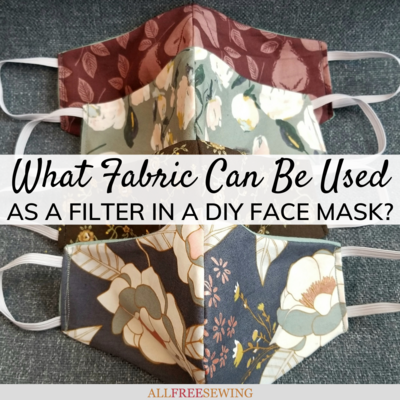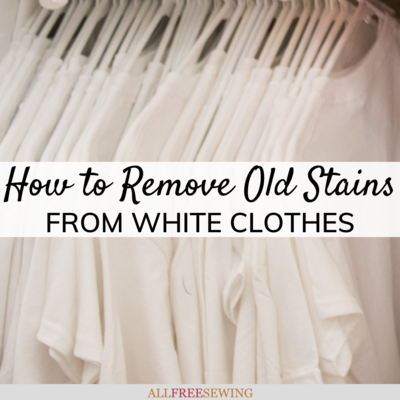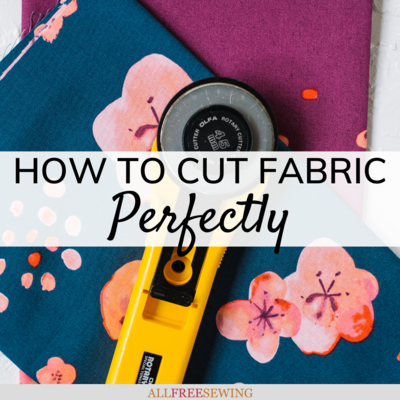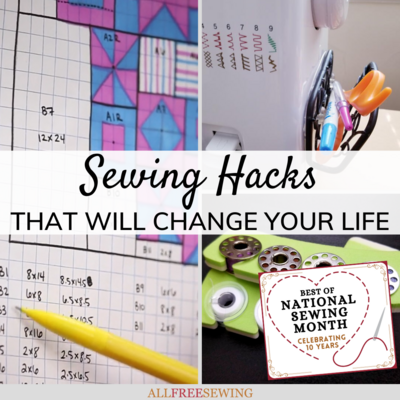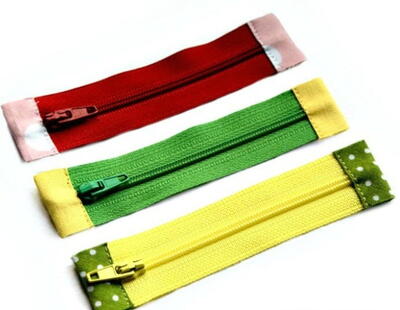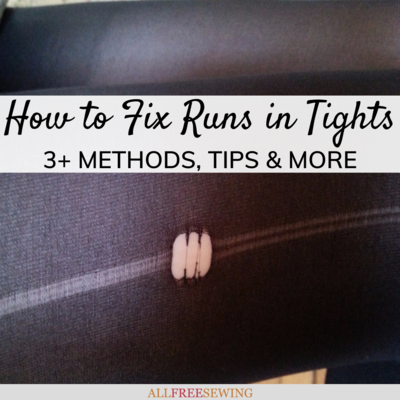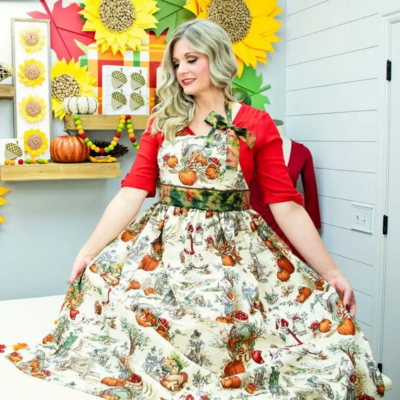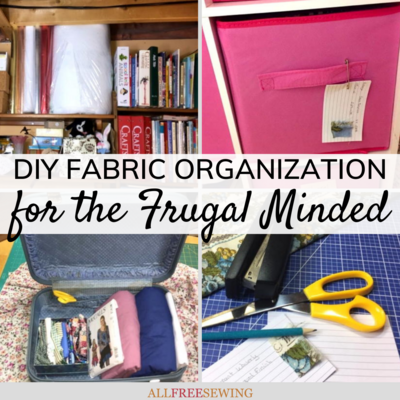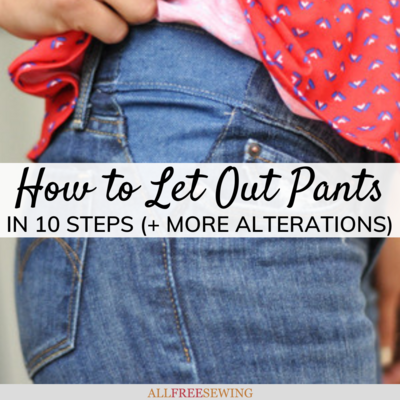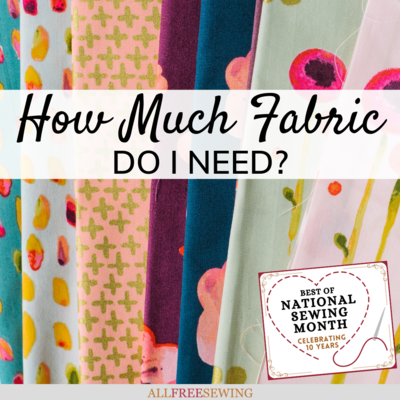What Fabric Can Be Used as a Filter in a DIY Face Mask?
If you're making your own fabric face mask add a filter to increase the efficiency and protect yourself!
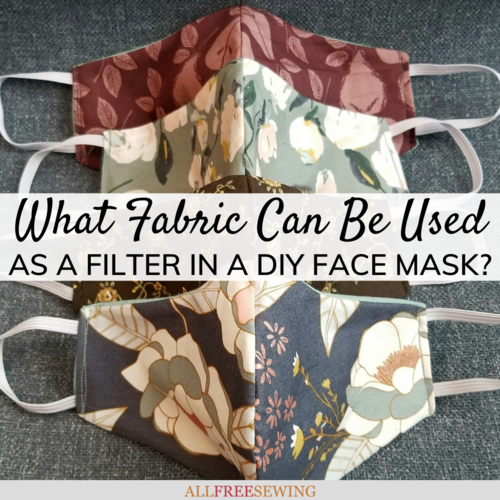
Homemade cloth masks are so important during these times as n95 and other medical masks need to be reserved for healthcare professionals. However, even with your cloth face mask, you can make incredibly effective ones to help protect you and your community.
Beyond choosing the right fabric, adding a filter can increase the effectiveness of a mask to filter out particles by adding another layer of protection.
Plenty of different materials can be used for your filters, but the absolute best are HEPA filters, which are commonly used in vacuum cleaners. If you have one of those it is the most recommended, but there are still plenty of other options that you can easily find lying around your home to improve your mask.
Sign Up For More Free Patterns >>>
How Often Should I Change Out My Filter?
Are you wondering, "How long can I go without washing the outer cloth part of the mask before it could potentially become dangerous to wear?" You need to remove and replace your mask filter after every wear. Same with the mask. You should avoid touching your mask and filter while you are wearing it out. Once you are home and remove it, everything should be washed before the next wear. Learn more here.
Using Filters in Masks Correctly
No matter what type of filter you end up using there are some universal tips when adding them to your face mask. Make sure your filter is between layers of fabric and not directly against your face. You do not want to inhale any of the filter’s particles accidentally, so it is best to place your filter in the middle.
Also, regardless of the type of filter make sure to check if the filter has large amounts of fiberglass or other synthetic materials. Those can be harmful to your health and even cause respiratory issues, so it is important to be mindful of the materials you place in your mask.
HEPA Filters for DIY Face Masks
As said earlier, the top tier filter for homemade masks is HEPA filters. They are easily found, often in vacuums or other appliances around your home so they are not too expensive, and incredibly effective.
They filter out particles that the cloth of your mask cannot. Additionally, they are a very breathable filter so you will not have difficulty wearing them when you are out in public.

Other Types of Face Mask Filters
If you don’t have a HEPA filter, HEPA vacuum bags can work as well. However, you have to make sure there is no fiberglass and instead the bag is made of polypropylene to protect yourself. Similarly, air conditioning filters that contain no fiberglass can be effective as well.
An option that is easily laundered are polypropylene non-woven fibers which are used in reusable fabric grocery bags, although they are less effective. Another less effective, but easily obtained filter, are coffee filters. They are not as effective as the others and can only be used once, but the CDC recommends them as any filter is better than no filter when making your face masks.
Want More?
Read Next50+ Sewing Crafts That Sell Well

